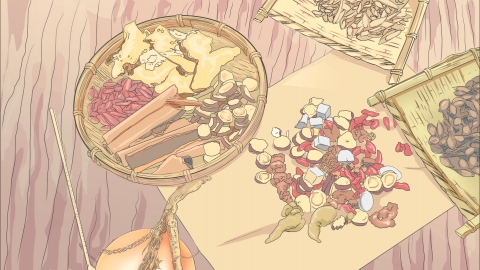Is Pulsatilla chinensis the same as Potentilla discolor?
Generally speaking, Pulsatilla (Baitouweng) is not Potentilla discolor (Fanbaicao), and it is recommended to use any medication under the guidance of a professional traditional Chinese medicine practitioner. Specific analysis is as follows:

Pulsatilla belongs to the perennial herbaceous plant of the genus Anemone in the Ranunculaceae family. Both its whole herb and roots can be used medicinally. It has functions of clearing heat and detoxifying, cooling the blood, and stopping dysentery, and is used to treat conditions such as heat-toxin-induced dysentery with blood, abscesses, carbuncles, and toxic swellings. Potentilla discolor, on the other hand, is a perennial herb belonging to the Potentilla genus in the Rosaceae family. The entire plant can be used for medicinal purposes and has effects of clearing heat and detoxifying, promoting diuresis, and reducing edema. It is commonly used to treat conditions such as edema, jaundice, and painful swellings such as boils.
Although both Pulsatilla and Potentilla discolor are traditional Chinese medicinal materials, they significantly differ in plant morphology, medicinal effects, and applicable conditions. Therefore, when using these two herbs, it is important to make appropriate selections and applications based on specific medical conditions and the advice of a physician, avoiding self-medication to ensure their efficacy and safety.
In daily life, it is advisable to maintain good living habits, such as regular eating patterns and moderate exercise, which can help maintain overall health.




